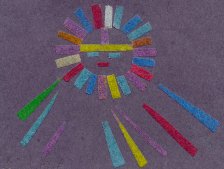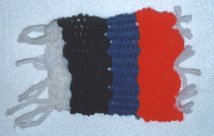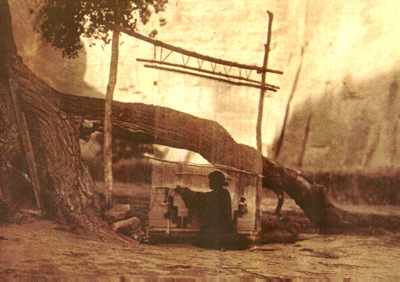Navajo Nation
Diet and Agriculture
The Navajo were primarily hunters and trappers. They hunted deer, pronghorn antelope, and rabbits. They raided the Pueblo and took their crops. Later, they became farmers and sheep raisers. They grew watermelons, corn, beans, and squash. They also gathered wild plants, seeds, roots, and berries.
Cultural Practices
The Navajo believed in many gods. The most powerful god was Sun Bearer, and one of his wives was Changing Woman. The Navajo’s land was marked off by four sacred mountains: white mountains, turquoise blue mountains, yellow mountains, and jet-black mountains.
Sand paintings were constructed on the floor of the hogan by sifting various powdered herbs, sand, and other powdery materials. The sick person was given a special herb to drink and told to sit in the center of the dry painting. The shaman touched the head of the figure, then touched the patient’s head and chanted. This was repeated with each part of the body. The sand painting was removed before sundown and buried beneath trees that stood north, south, east, and west of the hogan. If the patient died, their body was taken out a new door, broken through the north side of the hogan, and burned.

Student Sand Painting

Student Navajo Weaving
Tools, Weapons, and Utensils
The Navajo used various tools and weapons for hunting and daily life. They crafted bows, arrows, spears, and knives for hunting and protection. They also made pottery and baskets to store food and other items.
Art and Craftsmanship
A woman was given a string of beads each year on her birthday. One new string was added each year until the woman turned 40. The necklaces covered the woman’s neck up to her ears and chin. When the woman became 40, she began to lay one strand of beads aside year by year until only one strand was left. The women never went into public without the necklaces. The Navajo men and women decorated their bodies with tattoos and body paintings.
Around 1600, Navajo women began to spin and weave wool. The sheep belonged to the women, and the horses belonged to the men. The women sheared the sheep. Navajo women learned how to weave from the Pueblo. The early rugs they made were usually striped straight across. Later, the women learned to weave a slant stripe and make a diamond-shaped design. The Navajo’s first rugs were dyed with leaves, berries, and insects. The loom frame was made of four long poles and set up outdoors, except in the winter. The rug or blanket was never complete or perfect because the Navajo believed it would offend the spirits.

Historical Navajo Weaver
Silversmithing
The Navajo started silverwork in the late 1800s. First, they hammered Spanish and Mexican coins into silver buttons. The buttons were sewn onto their clothing and cut off when money was needed. After the Treaty of 1868, the Navajo people were given specialized tools for silversmithing. After this, they began making jewelry with turquoise stones.